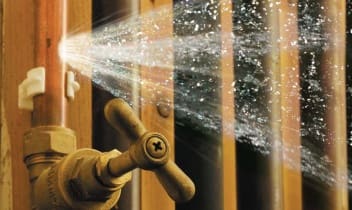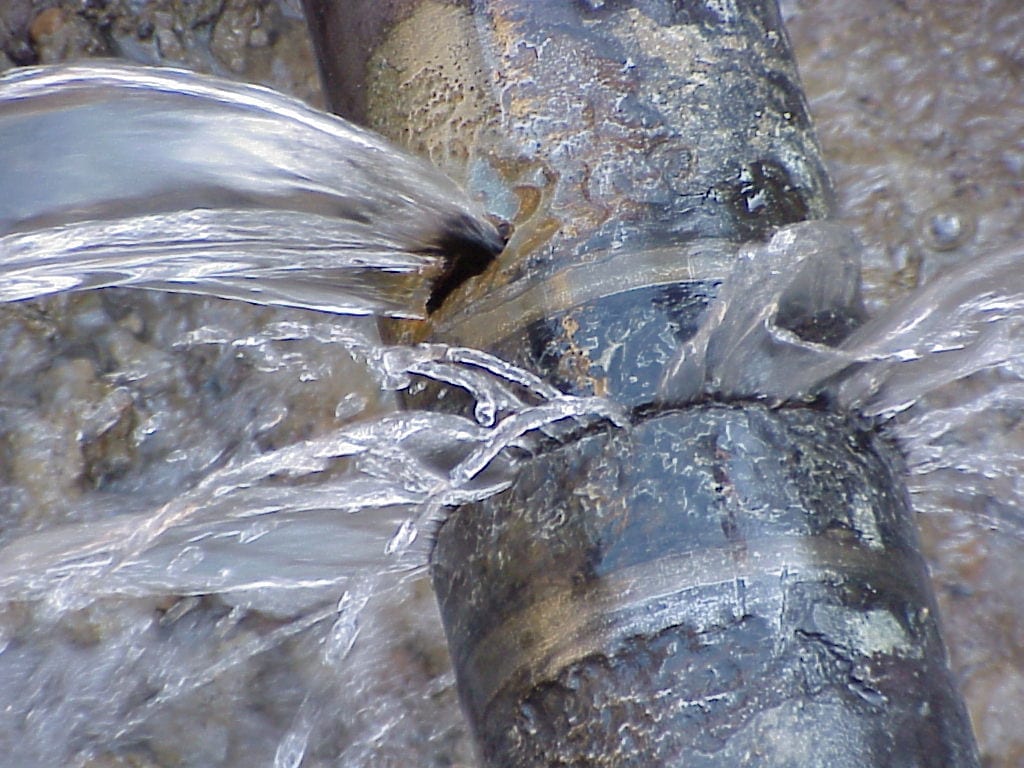Understanding the Causes of a Burst Pipe and How to Prevent It
Understanding the Causes of a Burst Pipe and How to Prevent It
Blog Article
Stopping Ruptured Water Lines: Necessary Tips to Shield Your Pipes
Stopping ruptured pipes is a critical worry for house owners, specifically during colder months when the danger of cold is enhanced. Applying critical steps such as appropriate insulation, regular inspections, and keeping regular indoor temperatures can substantially lower the probability of pipe failure.
Understand Pipe Vulnerabilities
Understanding pipeline susceptabilities is vital for reliable pipes upkeep and stopping costly damages. A number of variables add to the susceptibility of pipes to bursts, including product make-up, age, and environmental conditions. Older pipes, particularly those made from galvanized steel or polybutylene, commonly degrade gradually, causing boosted threat of leaks and tears.
Temperature level fluctuations can also significantly effect pipeline integrity. In chillier environments, water trapped in pipes can ice up, increasing and putting in pressure on the pipe wall surfaces, which may ultimately result in a ruptured. Additionally, high water stress can stress pipes, especially at joints and bends, increasing the likelihood of failure.

Insulate Pipeline Appropriately
Proper insulation of pipelines is crucial for avoiding freezing and succeeding ruptureds during winter (burst pipe). Shielding your pipes system properly safeguards versus temperature drops that can bring about pricey damages. Begin by determining prone locations where pipelines are revealed to outdoor temperature levels, such as basements, attics, and outside wall surfaces
Use foam pipe insulation sleeves or wrap insulation tape around these areas to provide a safety obstacle. Make certain that all areas of the pipelines, especially those with limited warm exposure, receive adequate insulation. Pay special attention to joints and fittings, as these are extra prone to cold.
When shielding, it's necessary to select materials that fulfill regional building regulations and are suitable for the specific setting. For example, fiberglass insulation is frequently suggested for its thermal resistance homes - burst pipe. Furthermore, think about making use of heat wires or tape in extreme problems, which can be connected in to supply extra heat
Frequently inspect protected pipelines for any type of indications of wear or damages, as endangered insulation can lessen its efficiency. By taking these aggressive steps, you substantially lower the danger of pipeline bursts, ensuring a dependable pipes system throughout the winter season.
Maintain Consistent Temperature Level
A stable indoor temperature is necessary for protecting against burst pipelines during the cold months. When temperatures drop, water within pipes can freeze, creating and expanding pressure that may inevitably create the pipelines to burst. To alleviate this threat, property owners ought to preserve a regular temperature level Continue throughout their living space, ideally no lower than 55 ° F(13 ° C)Making use of a programmable thermostat can help manage indoor temperatures properly, guaranteeing that spaces with plumbing remain warm even when the residence is empty. Pay unique interest to areas that are extra susceptible to cold, such as garages, attics, and basements. Maintaining cupboard doors open under sinks can additionally enable warmer air from the home to distribute around plumbing.
This minor circulation of water can protect against freezing by easing stress within the pipes. By executing these methods, homeowners can dramatically minimize the threat of pipeline ruptureds and safeguard their plumbing systems versus the extreme wintertime elements.
Consistently Evaluate Pipes
Regular evaluations of plumbing systems are critical for preventing burst have a peek at these guys pipelines and maintaining general home integrity. Routine checks allow homeowners to identify possible issues before they escalate right into costly fixings or significant water damages. During these assessments, it is important to take a look at visible pipes for signs of corrosion, leaks, or use. Pay special attention to locations vulnerable to freezing, such as basements, attics, and exterior walls.
Additionally, examining links and joints is crucial, as these points are frequently susceptible to leaks. Property owners should additionally evaluate water stress degrees, as too much pressure can stress the pipes system and increase the risk of pipeline bursts.
Think about scheduling specialist pipes evaluations at least once a year, particularly prior to winter months, to ensure your system is prepared for colder temperature levels. By being proactive in your approach, you can secure your home versus the costly and disruptive repercussions of ruptured pipes.
Know Emergency Situation Treatments
Comprehending emergency situation procedures is essential for every homeowner, especially after conducting normal pipes evaluations. Being gotten ready for a pipes emergency can substantially minimize discover here damages and conserve expenses. First, find your primary water shut-off shutoff; it is commonly located near the water meter or where the major line enters your home. Familiarize yourself with its procedure, as turning off the water system quickly can prevent considerable flooding.
Following, keep important devices helpful. A plumbing emergency situation package must consist of a wrench, bettor, and towels, in addition to a flashlight and a container for little leaks. Furthermore, consider having the call info for a relied on plumbing technician conveniently available, needs to the circumstance escalate beyond your control.
If you discover a leak or ruptured pipeline, promptly transform off the water supply and notify your plumbing professional. Record the damage with pictures for insurance objectives. Recognize the indications of prospective pipes problems, such as uncommon water pressure fluctuations or damp spots on wall surfaces
Ultimately, positive expertise and speedy activity are vital in taking care of plumbing emergencies, ensuring your home stays protected and minimizing prospective damages.

Verdict
Finally, protecting against ruptured pipes demands a complex technique that includes understanding pipeline susceptabilities, proper insulation, preserving constant indoor temperatures, regular inspections, and expertise of emergency situation treatments. By executing these important approaches, the risk of plumbing failings can be substantially reduced, consequently guaranteeing the long life and effectiveness of the pipes system. Positive measures not only guard against potential damages however likewise add to total water conservation and the protection of residential or commercial property.
In cooler environments, water trapped in pipes can ice up, expanding and exerting stress on the pipe walls, which might eventually lead to a ruptured. When temperatures decrease, water within pipelines can ice up, creating and broadening stress that may ultimately trigger the pipelines to ruptured. By executing these approaches, homeowners can dramatically decrease the danger of pipeline ruptureds and secure their plumbing systems against the severe wintertime components.

Report this page